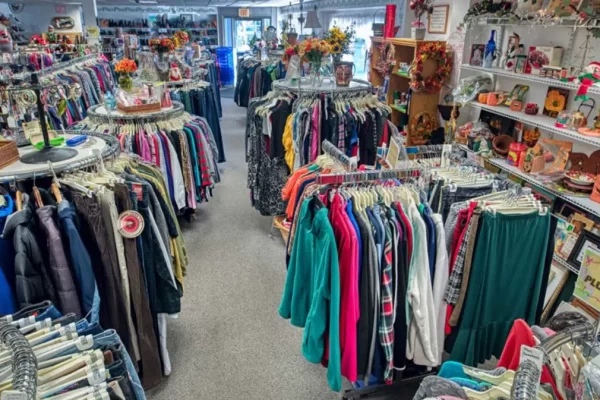The scaffold has a long and storied past. Evidence suggests that it was used by cave-dwellers to paint their walls and by pharaohs to help build the pyramids. In medieval times, a select group of monks was trained as scaffolders to help put up abbeys and churches.
In the early days, wooden branches or stems of bamboo were the primary scaffolding materials. These were held together by ropes made out of hemp. As the years went by, the wood and bamboo gave way to metal tubes, and the hemp was replaced by more standardised fixings such as the “Rapid Scaffixer” and the “Improved Universal Coupler.” Various configurations for the scaffold were also optimised for safety and efficiency, giving rise to the different types of these temporary structures.
Common Types of Scaffold
- The Birdcage Scaffold
The birdcage scaffold is a stand-alone structure that has more than two rows of standards in either direction held together by ledgers and transoms. It is normally used to do maintenance and other construction-related work on a single level, such as ceiling repair.
- The Trestle Scaffold
In a trestle scaffold, the platform is supported by tripods, step-ladders, and other similarly shaped mobile contraptions. They can go up to three meters in height, but fall protection devices such as railings and nets are required at over two meters.
The trestle scaffold is commonly used by general fit-out and finishing workers such as bricklayers, painters, and plasterers.
- The Hanging Scaffold
A hanging scaffold is a scaffolding hung from a vertically static structure using ropes, wire ropes, tubes, or chains. Its height cannot be adjusted by any means and must be considered carefully before installation.
- The Suspended Scaffold
Similar to hanging scaffolds, this consists of a platform suspended from an overhead support structure by ropes, chains, and other non-rigid materials. The main difference is that the platform’s height can be adjusted.
- The Single Pole Scaffold
This type of scaffold consists of a single row of standards supported by ledgers. The ledgers are connected to putlogs. The putlogs, in turn, are mounted directly into the wall of the building or structure being worked on. Consequently, this scaffold depends partially on the integrity of the wall for structural support.
- The Tower and Mobile Scaffolds
The tower scaffold is a freestanding structure, a single bay in length that has four vertical standards stabilised longitudinally and transversely by outriggers. Aluminium is the common material used for being lightweight and durable.
The mobile scaffold is essentially a tower scaffold mounted on wheels for mobility.
- The Cantilever Scaffold
In this type of scaffold, the standards are supported by a series of timbers or needles. These needles extend out from holes on the wall or building being worked on. It has limited applications but is especially effective when the ground condition, site location, or working height does not allow the conventional setup. (Ihacvet.com)
Safety in The Modern-day Scaffold
One thing that has also changed about scaffolding and the construction industry as a whole is safety. Scaffolders used to be unskilled labourers who are still learning the ropes of construction work. Proper training was the furthest from their minds, and so were safety gears and harnesses. Today, workplace health and safety take precedence over all other things, a fortunate consequence of developments not only in the industry but society as a whole.





